Do it yourself to enhance vehicle performance
Like most families, you are likely looking for ways to stretch your budget. One of the best ways to do so is by investing in the maintenance and care of your vehicle. For those looking to increase the life of their car, the solution can be found at the local auto parts store.
While the technology used in today’s vehicles may make repairs seem impossible, even the smallest fixes can greatly enhance performance, plus ease the strain on your pocketbook.
Others fear that doing work on their car will void the warranty, but this is not the case. In fact, the Magnuson-Moss Warranty Act is a federal law that protects it regardless of who does the auto repair. Fixing your car is a rewarding experience, giving you a sense of pride for not only learning something new, but accomplishing the task all on your own.
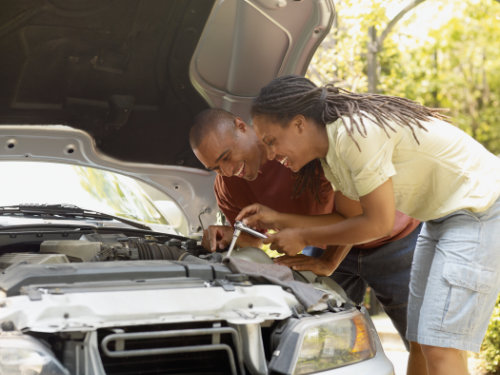
Start small
When it comes to vehicle maintenance, learn the simple jobs first. These tasks can include checking fluids, replacing air filters and changing the oil. The experiences learned starting small will give you the tools and know-how to tackle larger jobs.
The experts at the Car Care Council offer these tips for making the most of your budget and your trip to the local auto parts retailer.
- Enhance appearance
Because household cleaners can harm the interior and exterior surfaces of your car, it’s important to invest in the proper tools to give it a showroom shine. - Simple repairs made easy
Whether you need to replace your windshield wipers or a light bulb, your local parts store has what you need to fix it yourself. Many also include catalogs or digital kiosks to assist you in finding the right part for your car. If you should have any questions, an auto parts counter person can assist. - Stock up on DIY products
The parts store makes it easy to keep important maintenance items in stock at home. For example, transmission fluid, oil, brake fluid and coolant are all valuable items to have on hand. - Tackle bigger repairs
Once you’re ready to fix more involved repairs on your own, there are a few things you should know. The auto parts counter staff will ask for information, such as the make, model and year of your vehicle, as well as what kind of engine it uses. All of this information can be found in your owner’s manual. From here, your parts person will help you get what you need to do the job right. - Personalize your ride
From floor mats to fuzzy dice, your local parts store also has everything you need to personalize your automobile and make a statement.
Being familiar with your local auto parts store is the first step in enhancing the life of your car, plus it saves you a little cash along the way. For more tips to keep your car performing its best, visit www.carcare.org.
Photo courtesy of Getty Images / Article: Family Features

 You may take steps to reduce your environmental impact through the products you purchase and simple household actions, such as recycling – but what about the car you drive?
You may take steps to reduce your environmental impact through the products you purchase and simple household actions, such as recycling – but what about the car you drive?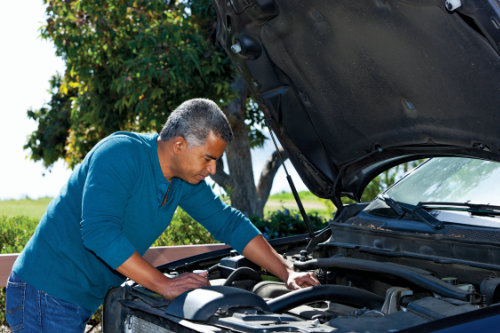

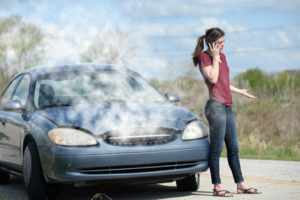
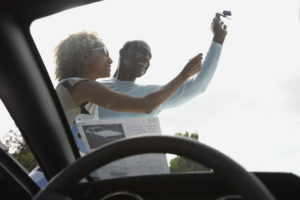 Leased and retired rental vehicles have created a swell of available used vehicles in the marketplace. Many are in excellent condition and may have a portion of the original factory warranty remaining on the car. For these reasons, buying a used car may be appealing to you. Follow these tips when considering a purchase so that you get the biggest value for your money.
Leased and retired rental vehicles have created a swell of available used vehicles in the marketplace. Many are in excellent condition and may have a portion of the original factory warranty remaining on the car. For these reasons, buying a used car may be appealing to you. Follow these tips when considering a purchase so that you get the biggest value for your money. Bring your new used car to our mechanic shop, and for just $49.95 you’ll get a full inspection and write-up of the vehicle’s condition. The inspection is a great tool to have before you purchase, so that you have information for negotiating. We’ll test drive, and inspect on the hoist. You can feel confident that we’ll thoroughly inspect the suspension, exhaust, steering components, wheels, tires and brakes and look over the engine compartment. Fluids that are accessible – we’ll check their condition and level. We provide you with a report indicating items that may be maintenance items in the near future. With this information, you can budget your new used car expense against what you’re willing to invest in.
Bring your new used car to our mechanic shop, and for just $49.95 you’ll get a full inspection and write-up of the vehicle’s condition. The inspection is a great tool to have before you purchase, so that you have information for negotiating. We’ll test drive, and inspect on the hoist. You can feel confident that we’ll thoroughly inspect the suspension, exhaust, steering components, wheels, tires and brakes and look over the engine compartment. Fluids that are accessible – we’ll check their condition and level. We provide you with a report indicating items that may be maintenance items in the near future. With this information, you can budget your new used car expense against what you’re willing to invest in.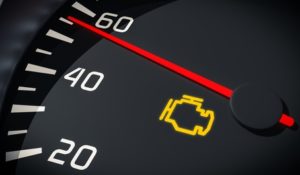 The often misunderstood Check Engine Light is part of your vehicle’s self-diagnostic system. Every time you start your car and drive, the vehicles’ computers go through a series of checks. If something is amiss, it will turn the light on and store a Diagnostic Trouble Code (DTC). The reason the light is on can range from simple to serious. That’s why it’s best to never ignore the Check Engine Light.
The often misunderstood Check Engine Light is part of your vehicle’s self-diagnostic system. Every time you start your car and drive, the vehicles’ computers go through a series of checks. If something is amiss, it will turn the light on and store a Diagnostic Trouble Code (DTC). The reason the light is on can range from simple to serious. That’s why it’s best to never ignore the Check Engine Light.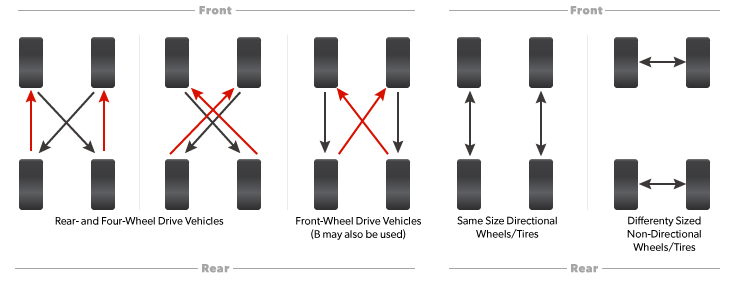
 Driving in cold-weather could be a competitive sport – at least in our area. With deep wet snow, ice, extreme wind chill temperatures and gusty tundra-like winds, it makes good sense to prepare for change in driving conditions. Follow these cold-weather driving tips to improve your travel experience throughout the winter.
Driving in cold-weather could be a competitive sport – at least in our area. With deep wet snow, ice, extreme wind chill temperatures and gusty tundra-like winds, it makes good sense to prepare for change in driving conditions. Follow these cold-weather driving tips to improve your travel experience throughout the winter.